Testing and training this winter on the bike
“If you can’t measure it, you can’t improve it.”
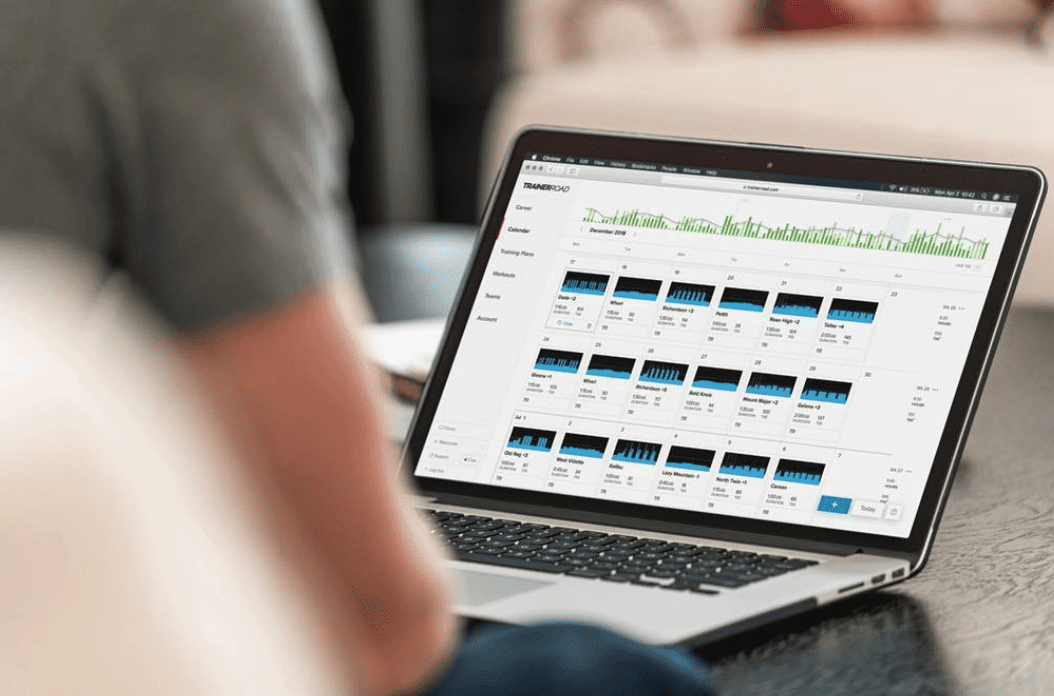
— by Adam Johnston
Testing and training go hand in hand, or at least they should. But what do you choose first: the test or the training? How does one influence the other?
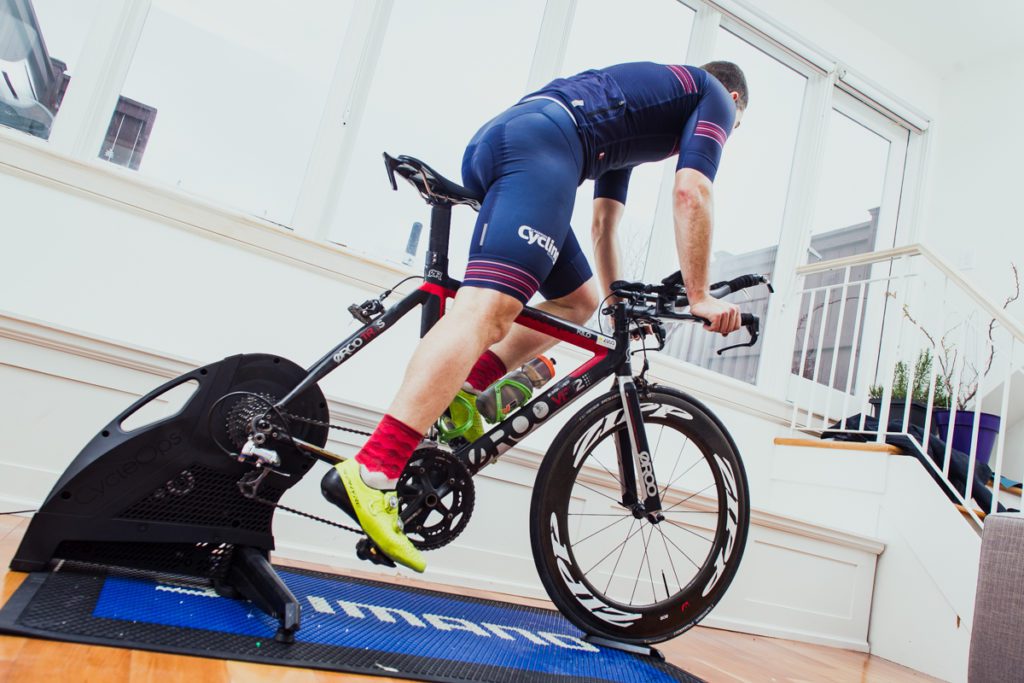
For optimal results, you need a way of measuring your workload. Workload is best and most easily measured by power (the unit of power is a watt). Testing and training indoors without some sort of power- measuring device is challenging – the remainder of the discussion below assumes that you have access to a power-measuring system, be it an on-the-bike system or a power-based indoor trainer.
Related: The top triathlon workouts of 2018
Back to the question above: What do you choose first, the test or the training? Consider the following approach:
- Determine what aspect of your bike fitness you want to improve this winter. Top-end speed? Hill climbing? Longer “tempo” efforts? Endurance? Sprints?
- Select and perform a testing protocol that measures that aspect of bike fitness.
- Choose and perform a training plan that addresses improving that aspect of your bike fitness.
- Re-test, identical to what you did in point two above.
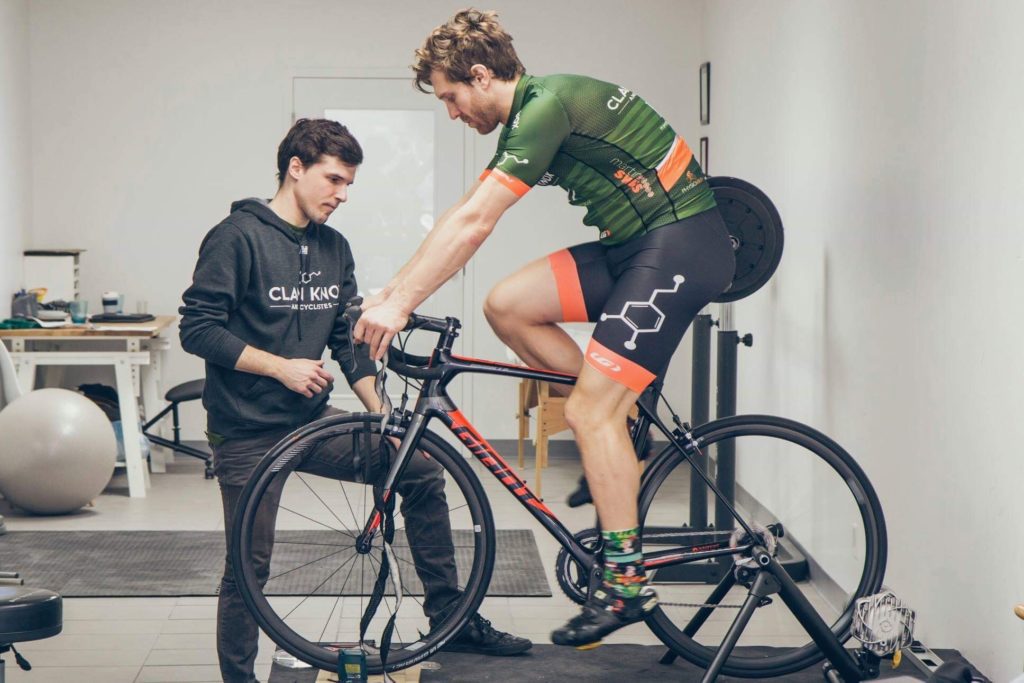
Should you choose to neglect the testing part of the process, your “training plan” is, more accurately, a “guessing game.”
Once your initial testing is complete, you now have the ingredients for your training program. You’ll have target power levels, heart rates, oxygen saturation levels, etc. Your mission, then, becomes performing training to improve your chosen area of bike fitness. There is a lot of information available about such training programs, including books, online programs, magazines such as Triathlon Magazine Canada, indoor cycling facilities and personal coaches.
Related: What is Heart Rate Variability?
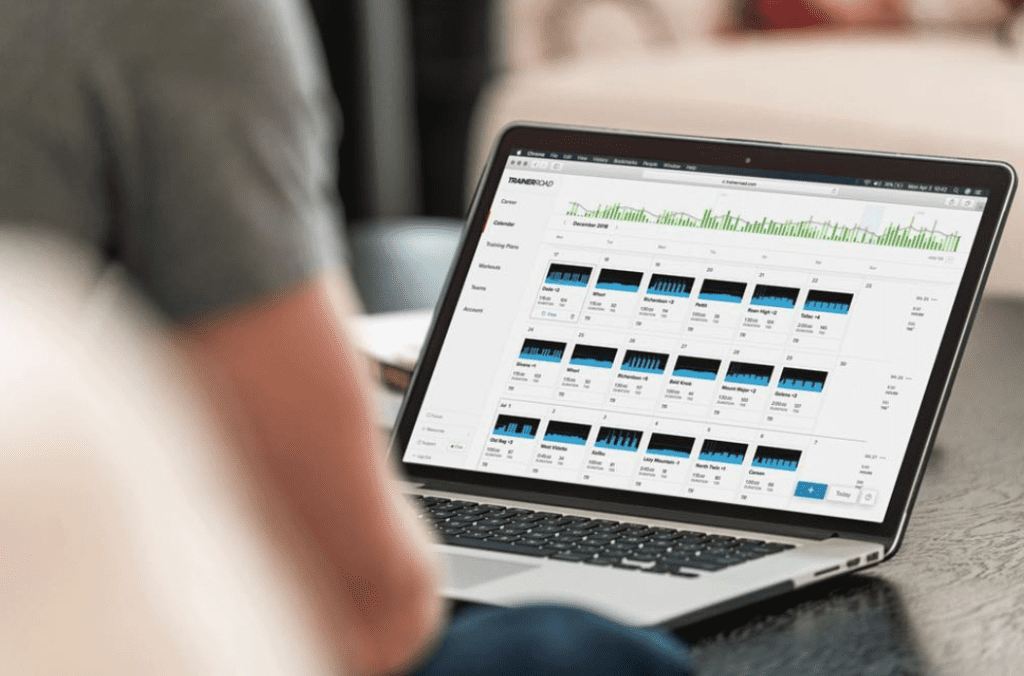
Let’s illustrate the above with an example. “Thin Thighs” is an age group triathlete who holds his own on the flat sections of a bike, but gets passed left and right (he’s even heard “on your right!” during a race) when climbing hills. This winter. Thin Thighs commits himself to improving his hill climbing strength.
Thin Thighs has power files from his previous summer of races and can review the data to note what his typical power output is when climbing. His hill-climbing power depends on the length of the course, the pitch of the hill, etc. He pulls a range of powers that he experienced when climbing during the previous summer, which happen to be 200 to 250 watts. His cadence ranged from 60 to 75 during those climbs.
Related: Review: Garmin Vector 3 pedals
With this info, Thin Thighs gets creative and comes up with a pretty clever testing protocol, as follows:
- 20 minute warm-up at a very easy effort
- Calibrates his power meter and/or power-based trainer
- 3 minutes at 200 watts (W) at 75 rpm. He records his heart rate over the final 30 seconds
- 2 minutes spin at natural cadence at 150 W
- 3 minutes at 225 W at 67 rpm. He records his heart rate over the final 30 seconds
- 2 minutes spin at natural cadence at 150 W
- 3 minutes at 250 W at 60 rpm, and records his heart rate over the final 30 seconds.
- 2 minutes spin at natural cadence at 150 W
- Attempts 3 minutes at 275 W at his choice of cadence between 60 and 75 rpm, and records average cadence and heart rate over the final 30 seconds
- 7 minutes cooling down at 150 W and less, at natural cadence, making for a tidy 45-minute session, all told
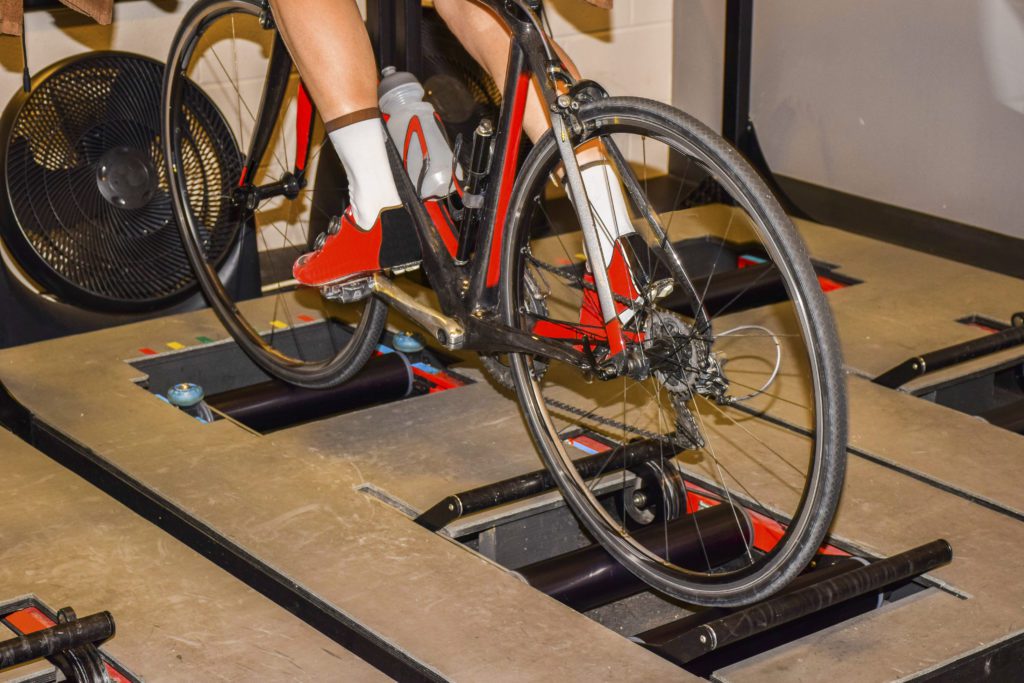
Thin Thighs is left with a simple relationship between power and heart rate. This will be the basis for comparing future test results, which will indicate changes in hill-climbing fitness, if there are any.
Thin Thighs then consults his choice of training advice, includes a twice-per-week workout emphasizing hill-climbing strength and performs it from January to March. Come late March, he re-tests, using the very same protocol outlined above.
Improvements that Thin Thighs would expect:
- lower heart rates at any of the given power levels; and
- being able to complete the stage at 275 W and perhaps moving into a 300 W interval.
To improve on the bike (or the swim and run), be specific – with both your testing and your training.
